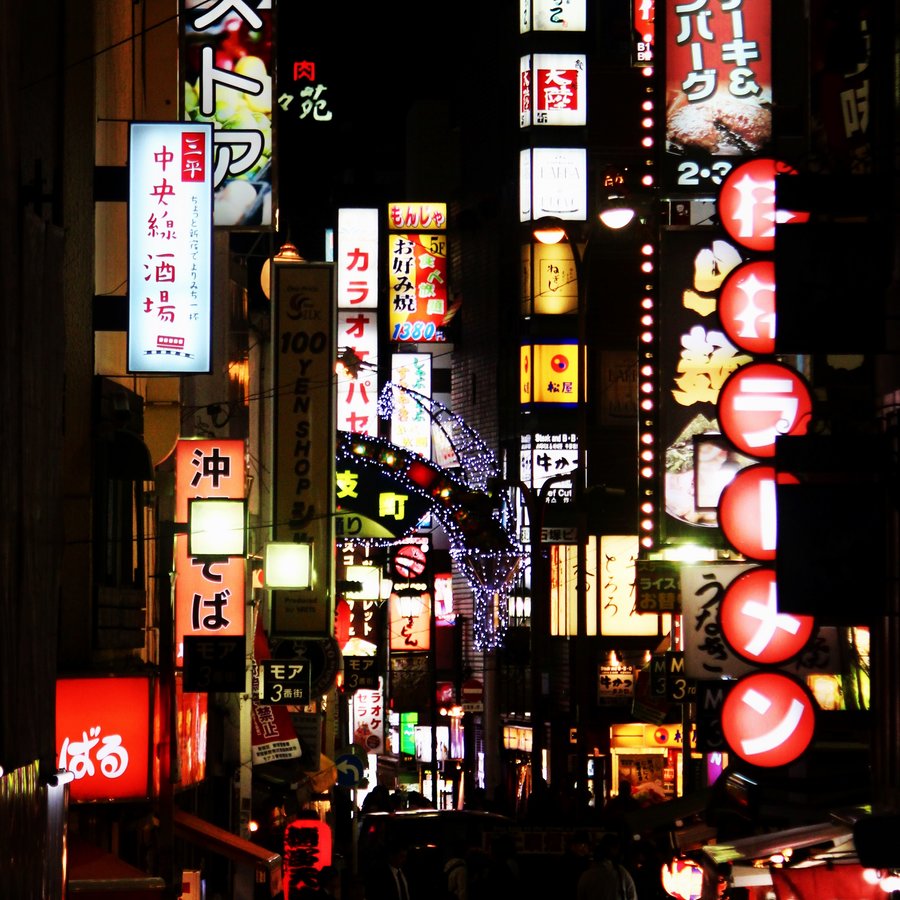
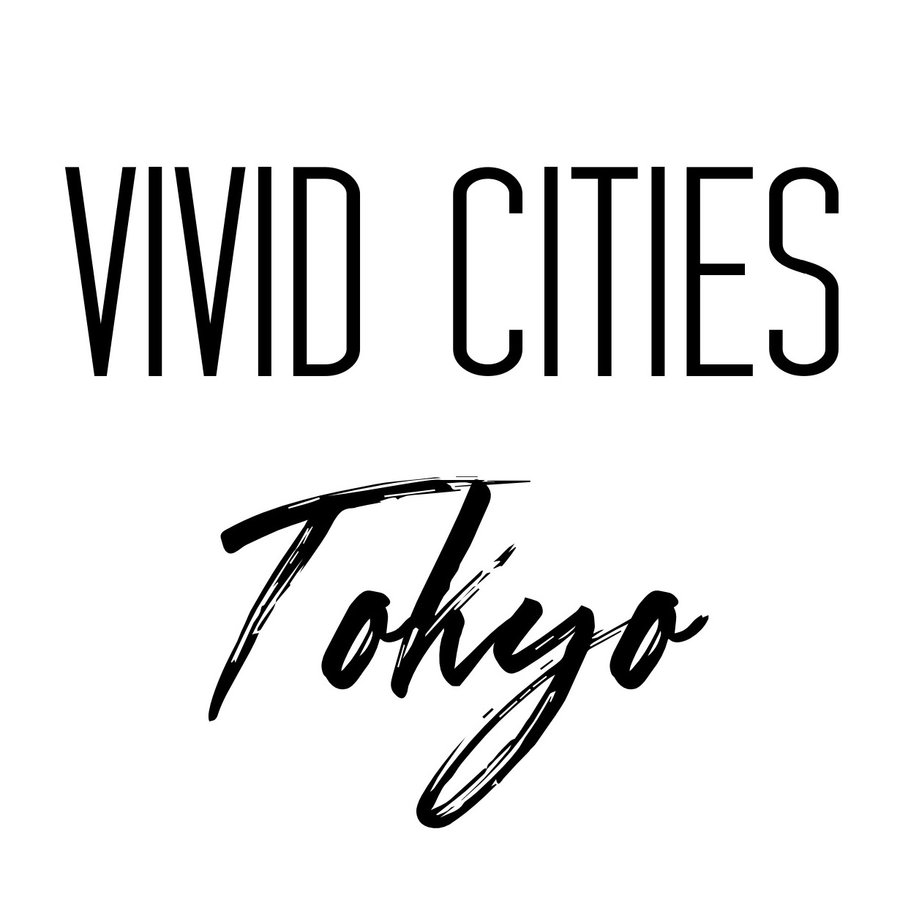
In my series “Vivid Cities”, I try to find the heart of some of the world’s most memorable, most evocative metropolises. Tokyo is a very vivid city, but its contradictory nature means getting under its skin can be a tough task…
When I think of Tokyo, and Japan generally, I think of technology. A nation in which high technology seems to pervade every aspect of life; from getting groceries from an entirely automated shop, the ultimate “convenience” store, to the nation’s famed addiction to computer games which fill arcades, their beeps and crashes drowning out any possibility for verbal human interaction.
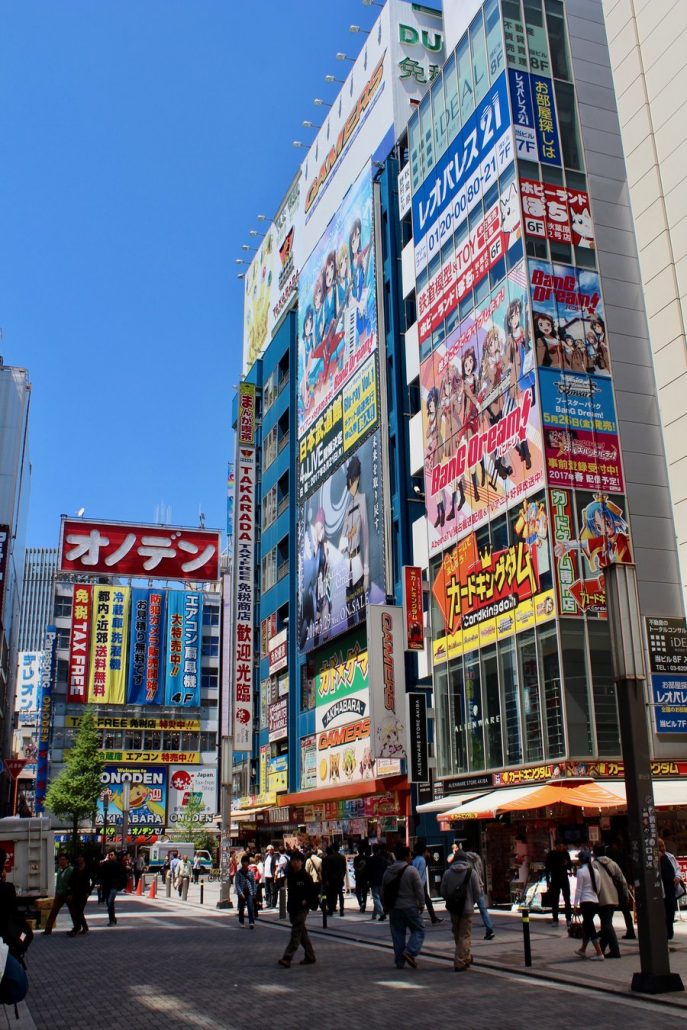
But then in another instance, I think of a nation which is strongly rooted in its history, where time-honoured traditions like subtle tea ceremonies and bowing to show respect are given high priority. A place of quiet and repose, of serene Shinto shrines and cherry blossoms amid placid mountainscapes, and where what is unsaid is often so much more significant than that which is expressed.
The truth is that both of these conflicting visions of Japan are true and correct in varying degrees, and the nation’s capital Tokyo is perhaps the best place to witness these opposing, yet not competing universes.
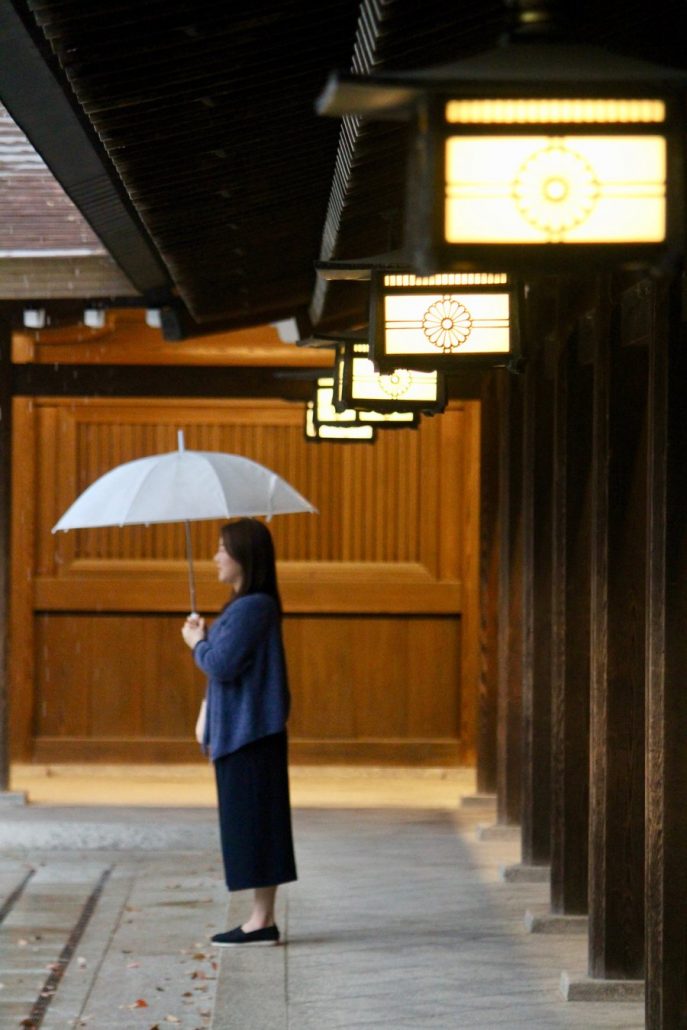
I was sitting, eating dinner in one of Shinjuku’s hidden away restaurants which served up simple Japanese fare; quality fish served with rice in the form of sushi, or more simply, sashimi. The subtle flavours filled my mouth; not-too-salty salmon, not-too-savoury rice. It was unlike anything I had eaten elsewhere; far from what passes as sushi outside Japan, this was no snack, but a filling, hearty and healthy meal. The restaurant was a real treat too; sheer blinds separated the booths where we sat, creating an atmospheric communal-yet-private setting.
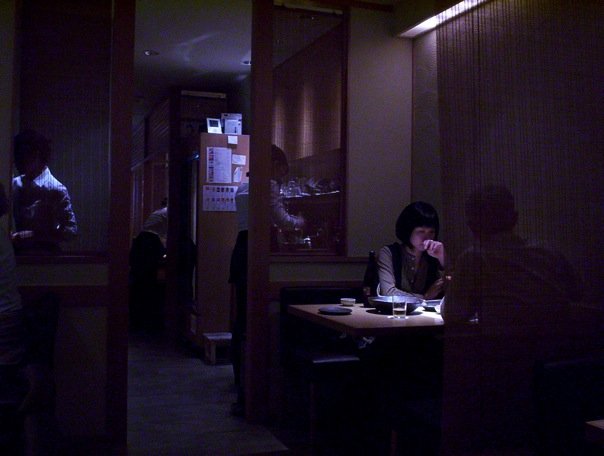
The sense of calm was palpable, and my eating slowed down despite my hunger – this was a place of thoughtful eating and murmured conversations kept within those seated at the table; no screaming with laughter or loud-mouths here. The lighting was low, and my wooden chopsticks barely made a sound as they toyed with the last morsel of fish on the plate, before elevating it to my lips. It was like butter, the tiny portion so perfectly smooth, I finished sated.
Fish has an almost spiritual significance in Tokyo. Tokyo’s fish market dates back to 1590, when the Japanese shogun (leader) positioned fishermen in Tokyo Bay, then known as Edo Bay. The capital was then in distant Kyoto, but these fishermen were tasked with providing fresh fish to the castle in Edo (a medieval name for Tokyo). That castle is now part of the Imperial Palace, a sprawling royal garden complex with a moat which I had visited earlier that day. The linkage between fish, which was the sustenance of the nation and the royal family, responsible for the honour, spiritual guidance and daily running of the nation, could not be clearer.

Back in the restaurant, I licked my lips of the last of my salmon. A waitress waited in the corner neutrally, and with just a nod my bill was on the way. I speak almost no Japanese, and I’m not sure how good her English was, but we understood each other through the silence. The bill arrived, I paid for my meal, and I exited.
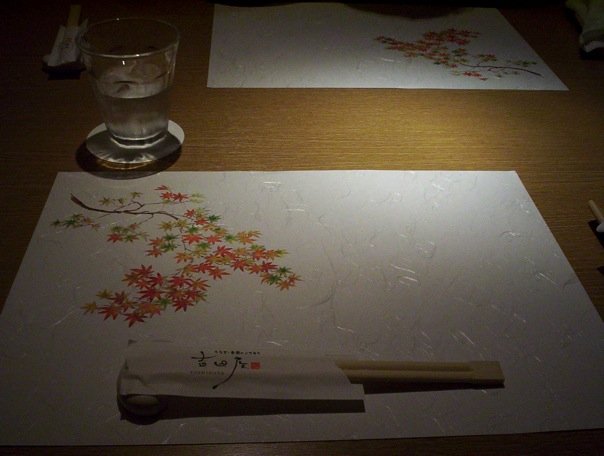
I didn’t hear it until it was upon me. Emerging from the restaurant was like flicking a switch; just one step outside and I was in the craziness that is Shinjuku at night. The assault on the senses was intense; a jungle of pulsating neon lights dazzled, music thumped from clubs, arcades and shops and the streets heaved with traffic both human and vehicular.

The contrast was astounding. From inside the restaurant, where time seemed to stand still, to outside where I felt like the only person or thing that wasn’t moving at the speed of light. The restaurant’s clientele suddenly seemed so reserved, too; while outside it was all rockstar chic – long hair for guys, fluorescent washes for girls, leather and denim for everyone. It was difficult to take the whole scene in, or to size up any one person in particular – it was all moving so fast.
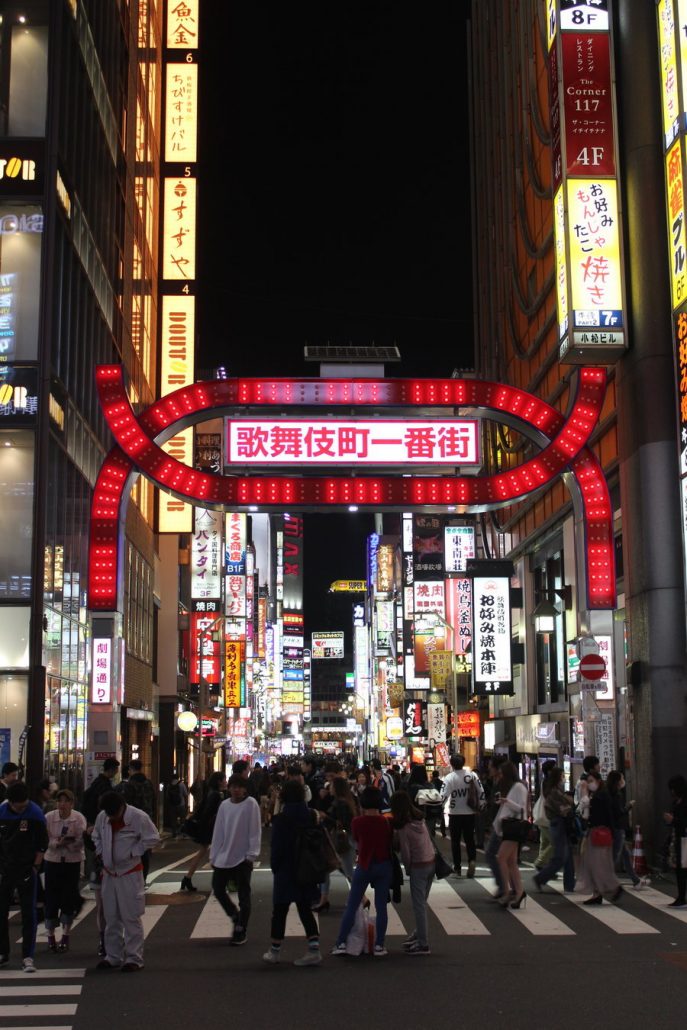
My eyes settled on a man who appeared to be waiting by an unmarked doorway. Dressed in a T-shirt and jeans, stooped while playing on his phone, his long straight hair seemed to fall effortlessly like a waterfall, obscuring one side of his face. Occasionally he looked up from his phone the city’s neon glow reflected on his forehead and in his eyes. A few minutes later two of his friends arrived, greeted him with a smile and a handshake, and the group strode off down the street, presumably for a night out on the town.
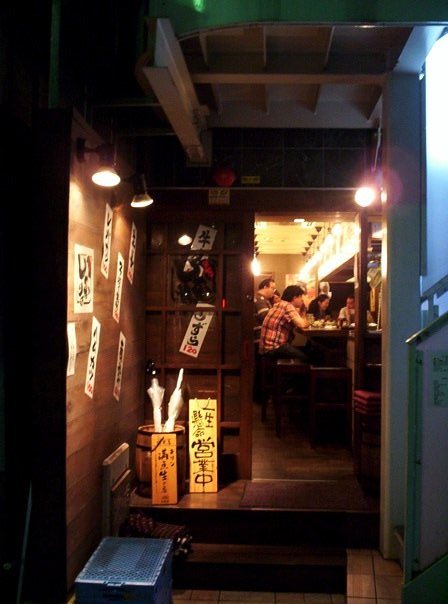
No bowing here, I thought – complete “modernity”. However it was still very unfamiliar – modern but not western, open yet not explicit. It was much more orderly than any night out in a western city that I had ever experienced. Pubs, bars and clubs overflowed with students and businessmen who then turned up drunk to hole-in-the-wall ramen bars craving late night sustenance, but social mores were still being somewhat observed – the noise emanated from the bars, not the people, and despite the sensory onslaught, the atmosphere was passive, not threatening.
The steady, visceral beats of Shinjuku were still resonating in my head when I got back to my hotel, something between a dream and a hangover which rocked me to sleep that night.

The next morning I awoke early to visit a special place in the Tokyo psyche. I had decided to make a trip to the Tsukiji Fish Market, quite possibly the place where the previous night’s sashimi had been sourced from. To do that I would have to cross the massive, seething city during the morning rush hour. I made my way to Shinjuku metro station, not far from where I was staying. The morning had brought a new light to Tokyo’s entertainment district; suited men and women rushed hurriedly along streets, clutching thin briefcases, expressionless, seemingly oblivious to the cherry blossoms that hung above their heads.
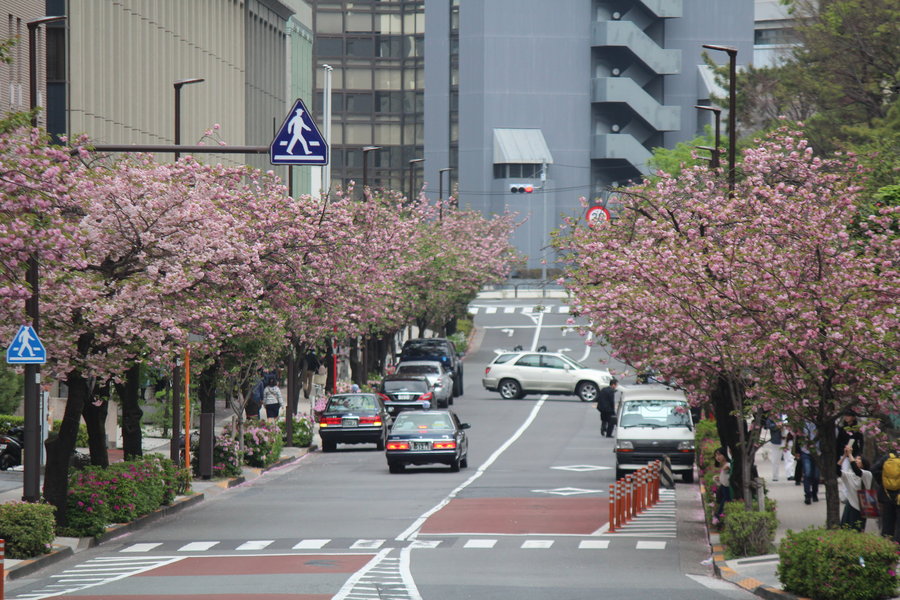
Entering the mammoth train station, the crowd seemed to swarm as I ascended the ramp to the platform. The Tokyo metro’s famous “pushers” now aren’t as common as they used to be, but they’re still on hand to tuck in a stray handbag, shoe or limb that protrudes from the train carriages’ overfilled doorways. Almost silently, thousands of people passed through the station before my eyes, a kind of noiseless chaos that unfolds here every morning. Each commuter take his or her place on the train before they shuttle the thousands off to their places of work or study.
Tokyo is a city which knows the meaning of hard work. In 1868 dynasties changed and the capital was shifted from Kyoto to Edo, which was renamed “Tokyo” (in Japanese literally meaning “eastern capital”). The humble seaside town of Edo was becoming a city, and Tokyo would remain the capital of Japan through the nation’s most dramatic period of modernisation. However the city didn’t develop without toil – Japan’s existing “head down, work hard” attitude was accentuated, and the city flourished, as did its fish market.

I braved the crowds and boarded the train. The doors closed and silently we trundled off towards Ginza; in true Japanese fashion, everything ran like clockwork. Despite being crammed in by humanity on all sides, it didn’t feel invasive like it does on overcrowded public transport in other countries; there seemed to be a certain acceptance and mutual respect for our shared situation. Women scrolled on their phones, a middle-aged man read anime (a Japanese comic genre).
Back on street level in Ginza, the pace was even more frantic as yet more paper pushers rushed to work. I felt like I was swimming against the current – the human tide was pressing forward into Ginza, while I was headed outbound. To the left, something caught my eye; a small shrine in a modern facade.
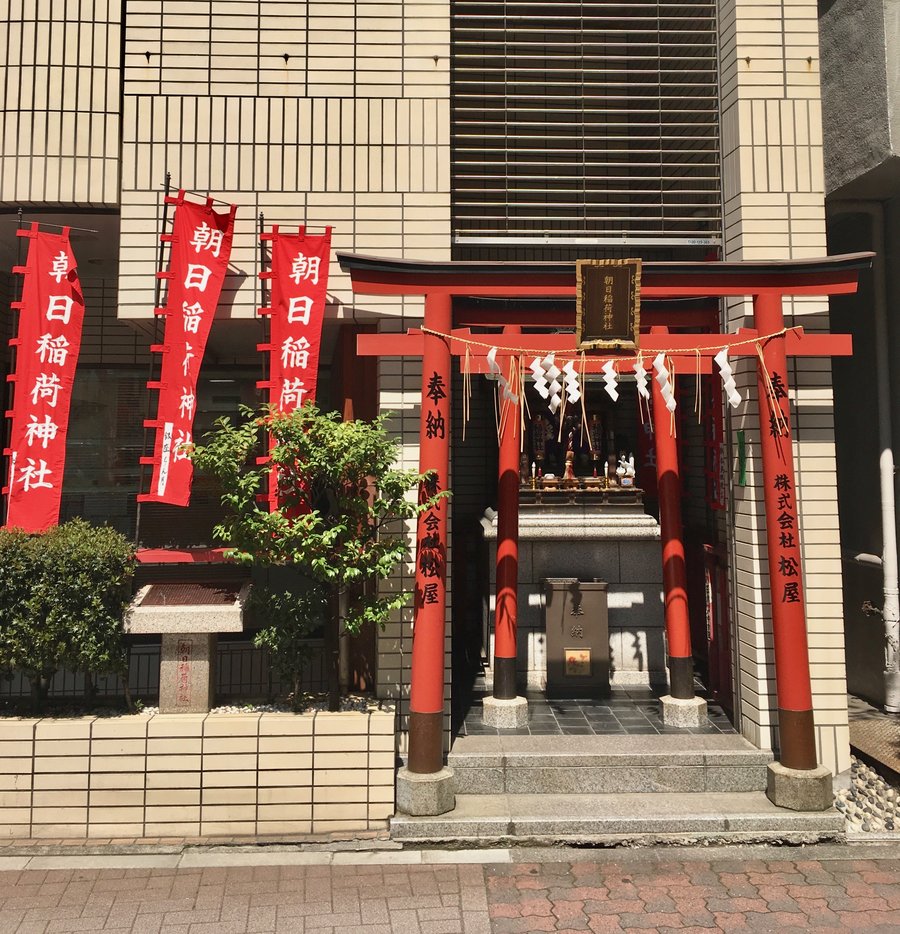
It struck me as odd; amongst the giant buildings and other gleaming examples of modernity, there was this seemingly traditional shrine. Moreover it was quite obviously not traditional; it was built into an alcove specially designed in the building’s structure. I was starting to think that the shrine was forgotten, with the suited melee passing it by, when suddenly one older businessman stopped to pay his respects. The moment was fleeting, not more than just a moment, but he stood, acknowledged, and then moved on. In Tokyo, history and tradition is bound up in the present and modernity.
A few city blocks later I arrived at the fish market. It was 2017, and the market has since relocated to a new, modern premises, but when I visited the old shed-like Tsukiji building was still very much in operation. Having left the busy streets of Ginza behind, the renewed frenetic pace of the market drew me in.

The Tsukiji fish market opened in 1935, providing fish to not just the royal family, but also the masses. Like any city, Tokyo’s growth was not easy, and very often problematic. Food shortages in 1918 sparked riots, forcing the government to designate the original fish market (among other markets) to be critical elements of the nation’s infrastructure. In 1923 a huge earthquake flattened Tokyo and the original market, so construction began on the Tsukiji fish market. World War Two brought more food shortages and destruction in the city, but the fishermen of Tokyo Bay persevered to maintain their trade as best they could.

At Tsukiji, before it closed in late 2018, 1,628 tons of seafood, worth around US$14 million, was processed, bought and sold every day. Far from being a filthy place which stank like fish, the market was largely clean. The wet floors splashed under my feet; it was almost 9am, the market was starting to wind down for the day and the cleaners were already getting to work with their high pressure hoses.
From the crates to my left and right leered all manner of colourful marine life; fish, crabs, lobsters, octopuses, clams, oysters, jellyfish, starfish, prawns, seaweed, sea cucumbers… if it was in the ocean, it was at the market. The constant hiss of water being pumped through the market drowned out the traders, who were conversing, but not shouting, with their customers. Giant tuna were being sawed by huge machines taller than their operators. Small vehicles hummed around the lanes of the market, transporting goods from place to place efficiently and unobtrusively (although they sent me and several other unwitting strollers scurrying as they came whizzing around the corners).
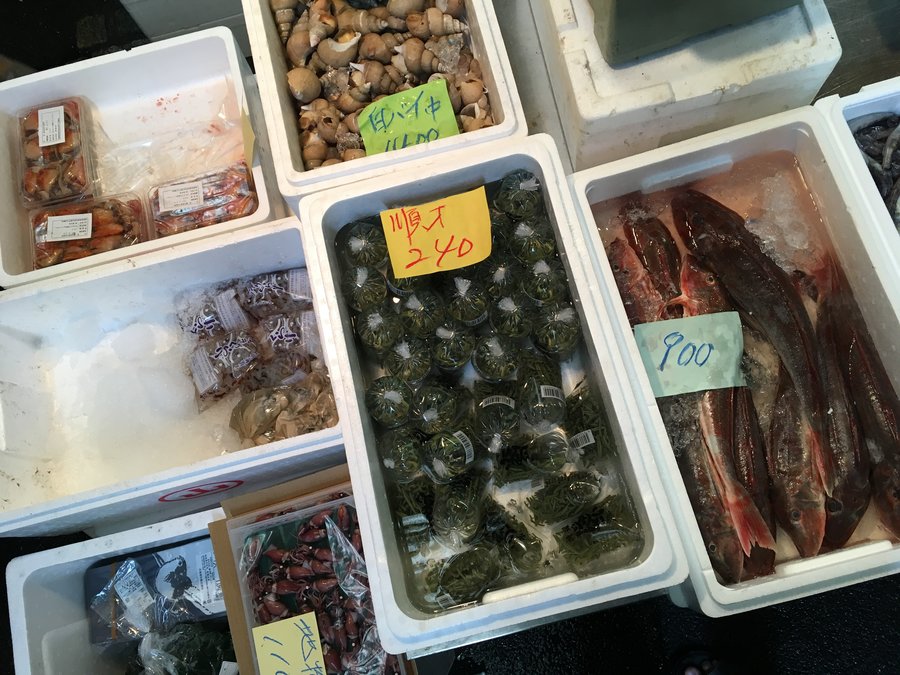
The dangling yellow lights lent the market a bazaar-like atmosphere, illuminating creatures whose names and identities I could only guess. Tourists, shoppers, restauranteurs and merchants all leaned in for a closer look, but the workers behind the counter seemed unfazed. Amid all the interest and potential for hubbub, the work continued quietly and intently, an ongoing energy and a dignified passion.
A gaggle of visitors were crowded around one particular stall where a stall owner was opening clams for their meat. I sidled over, and watched along with the other foreigners who were silent as the older gentleman worked his trade. Perhaps he hadn’t realised how many people had assembled, or perhaps he didn’t care – he might be used to it. Then, at one point, he looked up briefly, his hands still jamming the clamshell open with a knife. He didn’t appear surprised, nor to really register the attention he was receiving, just a cursory glance. Then his gaze returned to his hands, and continued his work.

Tokyo might be loud, brash and fast, but it is also guided by principles of diligence, decorum and an almost sensual sense of purpose. Whether it’s the youths filling Shinjuku streets, the thoughtful, calm at the restaurant, the hardworking office clerks, the royal family who still inhabit the imperial palace, or the labouring fishermen of Tokyo Bay, Japan’s capital is imbued with a sensibility of meaning and honour. As is rushes headlong through time, it is anchored by its past and present, which are in many ways the same as its future; disciplined, resilient and enduring.

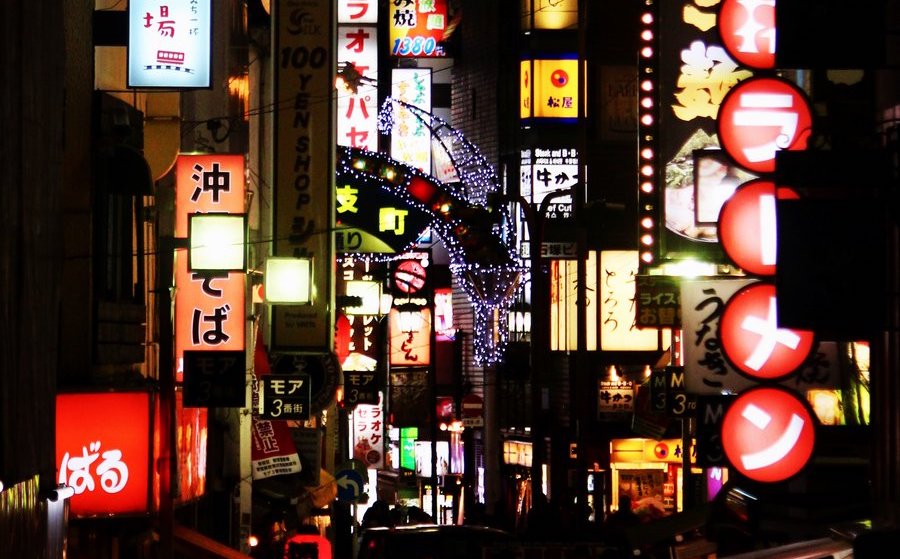



Tsukiji wasnt as busy when I was there. An interesting place. They tried to relocate it or they had plans…. I’m not sure that it happened. Lovely thoughtful piece Tim
Thanks Andy – glad you enjoyed it 🙂